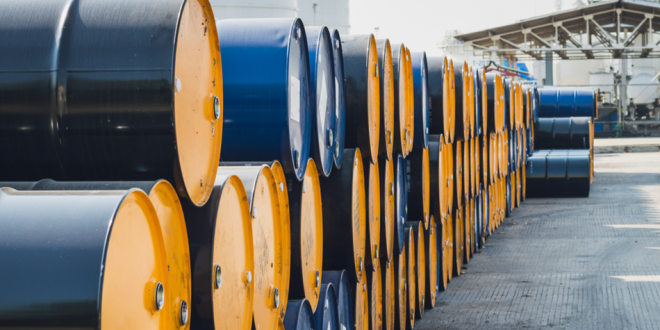Global oil demand will rise more than previously forecast this year as heatwaves and soaring gas prices are prompting countries to switch fuels for power generation, the International Energy Agency has said.
Oil prices have dropped by $30 per barrel from a peak in June due to growing supplies and “escalating concerns over the deteriorating economic outlook”, the Paris-based agency said in a monthly report.
Meanwhile, prices of natural gas and electricity have jumped to new records, prompting some countries to switch to oil use, the IEA said.
“With several regions experiencing blazing heatwaves, the latest data confirm increased oil burn in power generation, especially in Europe and the Middle East but also across Asia,” the agency said.
“Fuel switching is also taking place in European industry, including refining,” said the IEA, which advises developed countries on energy policy. Consequently, the IEA raised its demand growth forecast by 380,000 barrels per day.
Demand is now seen rising by 2.1 million bpd to a total of 99.7 million bpd in 2022. It will reach 101.8 million bpd in 2023, exceeding pre-COVID levels.
The IEA said European oil deliveries are being boosted by “exceptional demand” for heat and power generation and in industry.
The report comes as a European Union plan to cut gas consumption across the 27-nation bloc by 15 percent came into effect on Aug. 9.
The effort is aimed at coping with the energy price crisis spurred by Russia’s war in Ukraine.
EU countries also fear Russia may cut gas supplies during winter in retaliation to Western sanctions over the war.
The IEA said the heatwaves and “the beginning of what may be a major rise in gas-to-oil switching under new EU guidelines in response to uncertainty surrounding gas supply from Russia are augmenting fuel oil and gasoil use.”
In its own monthly market report on Aug. 11, the Saudi-led OPEC oil cartel lowered its demand forecast by 300,000 bpd.
The Organization of the Petroleum Exporting Countries now foresees demand growing by 3.1 million bpd to a total of 100.02 million bpd this year.
But it also noted “the recently observed trend of burning more crude in power generation”.
OPEC and 10 allies led by Russia – a group known as OPEC+ – agreed last month to raise production by 100,000 bpd in September following Western calls for more output to combat soaring crude prices.
OPEC, which has 13 members, raised production by 162,000 barrels in July to a total of 28.8 million bpd, with most of the output coming from Saudi Arabia, the United Arab Emirates and Kuwait, according to its monthly report.

 Iran Energy News Oil, Gas, Petrochemical and Energy Field Specialized Channel
Iran Energy News Oil, Gas, Petrochemical and Energy Field Specialized Channel



